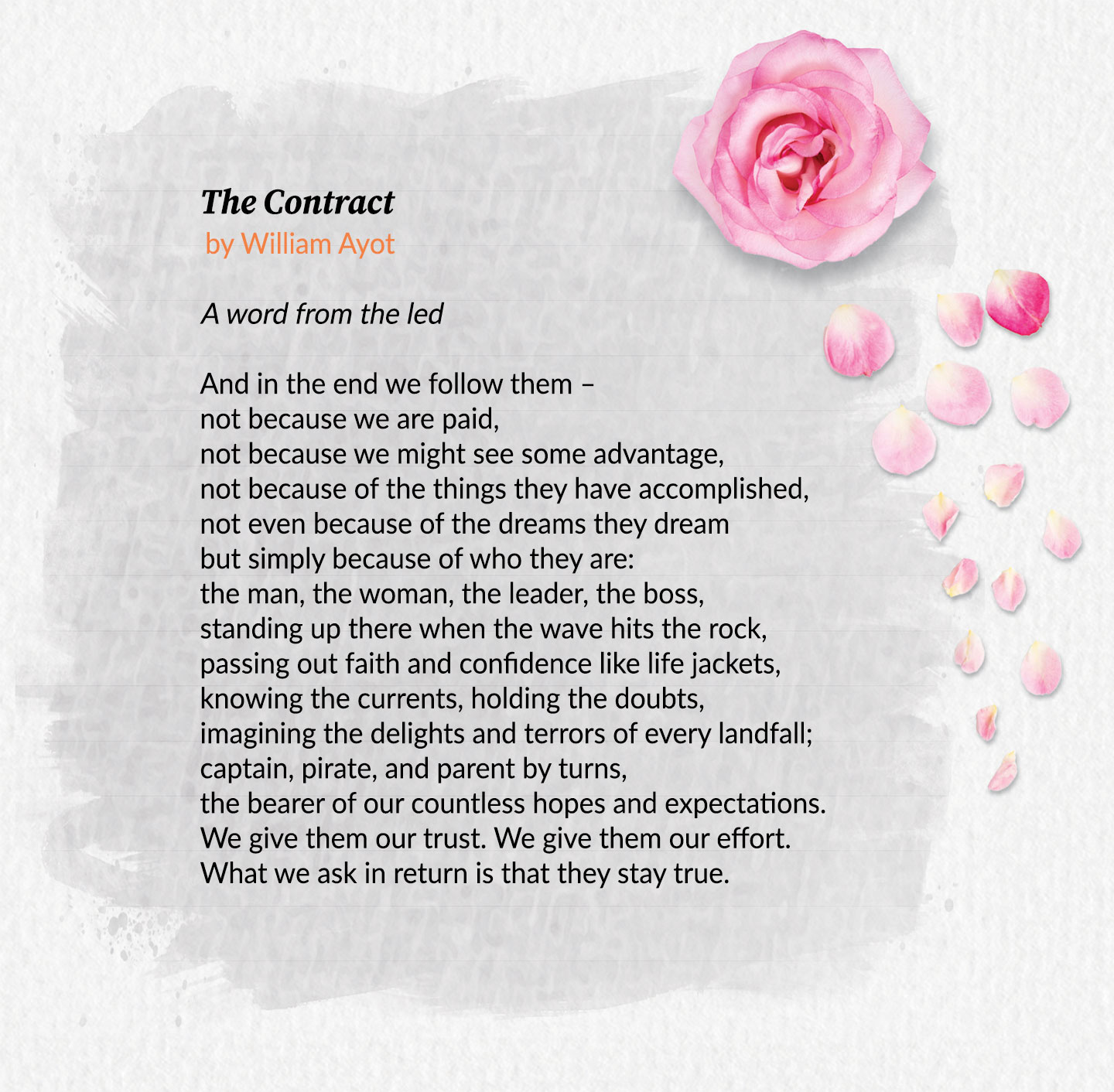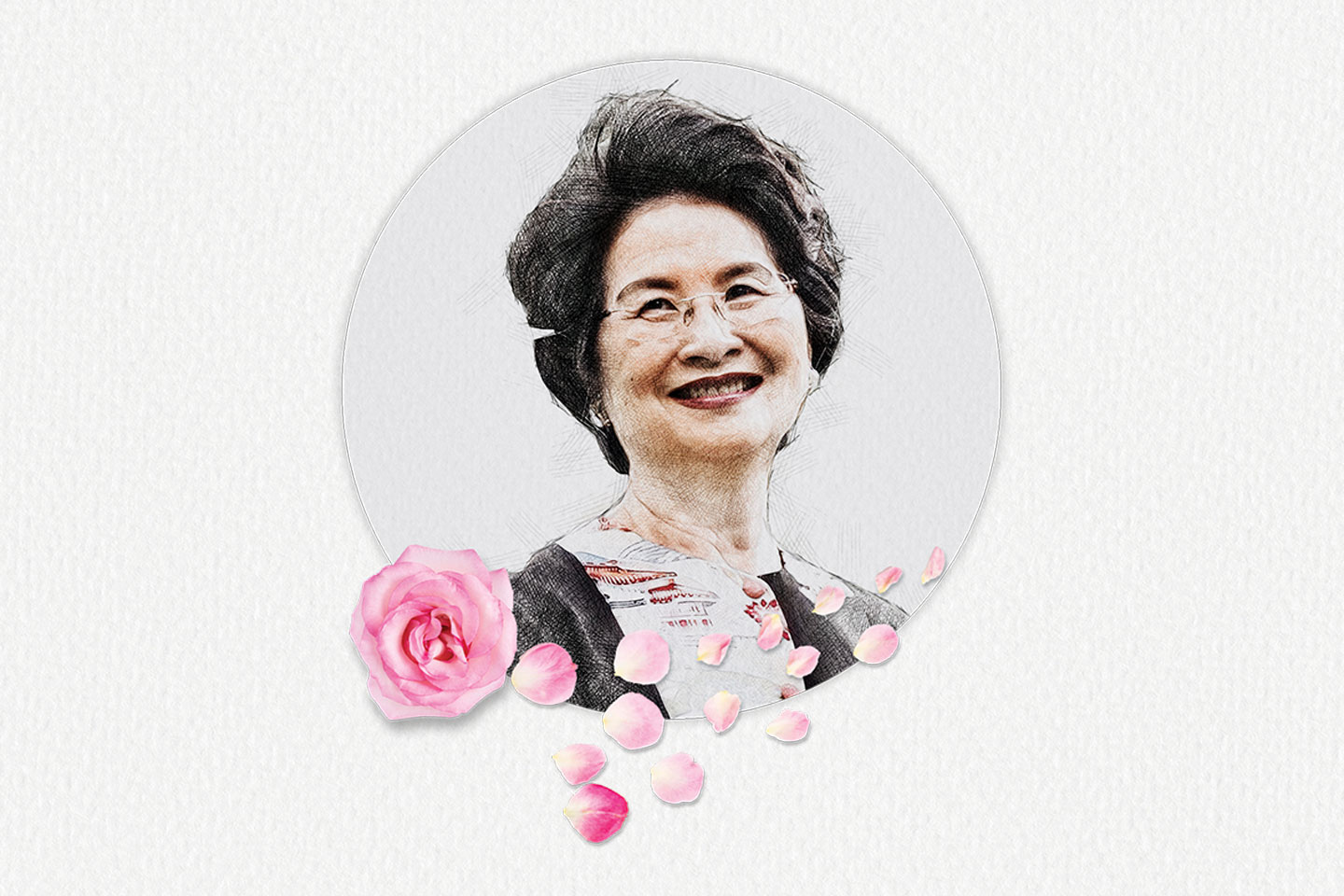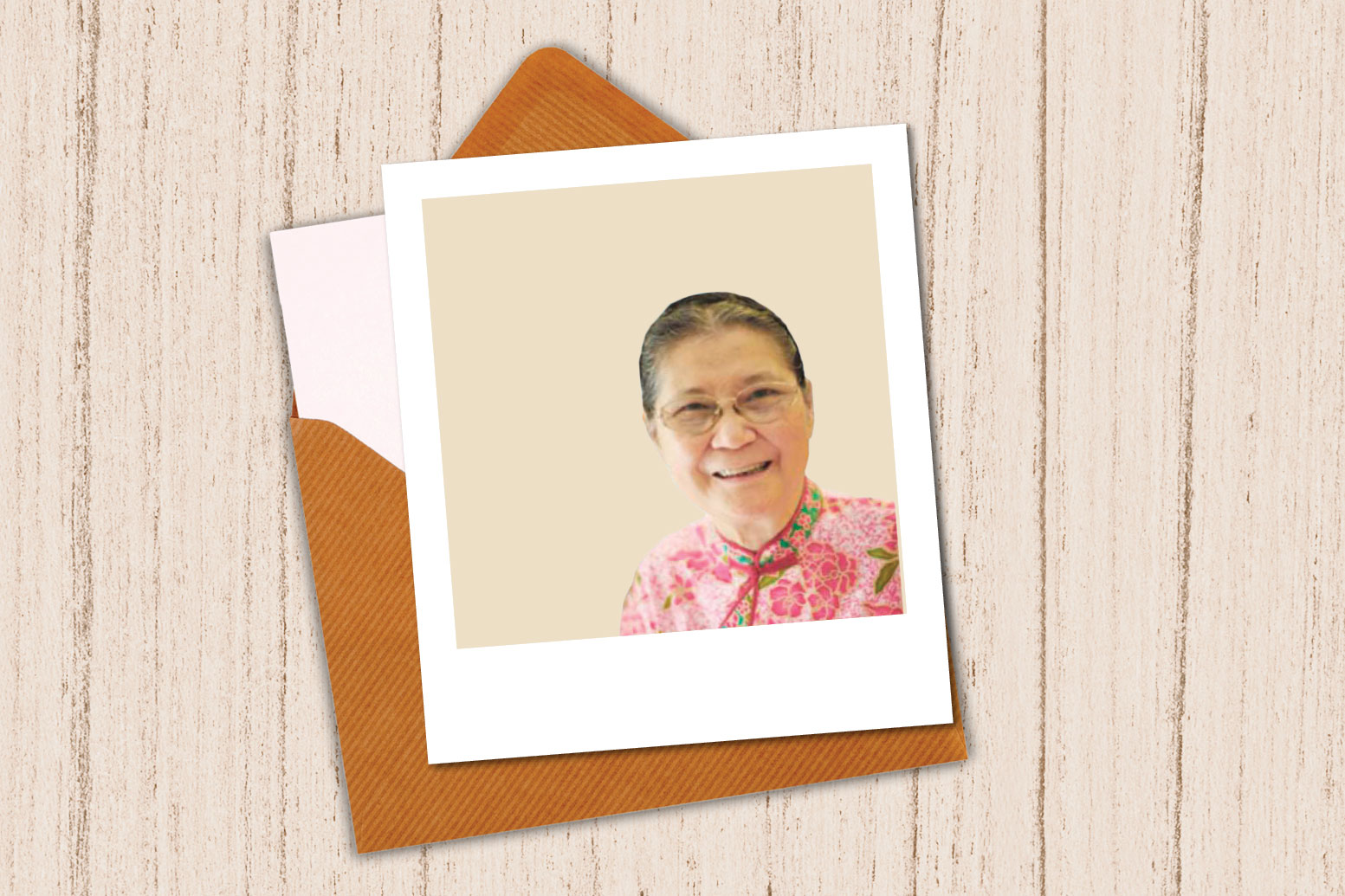
Issue 42 / May 2022
Insights
It Takes a Tribe: The Doctor Volunteers Who Helped Write the Story of Hospice and
Palliative Care in Singapore

On Valentine’s Day this year, Singaporeans woke up to the news of the passing of Dr Cynthia Goh, the doyenne and pioneer of palliative care in Singapore and around the region.
Her achievements are too numerous to describe, but more than 500 people from across Asia Pacific and from as far as the United Kingdom, who joined the livestream of her funeral wake, amply demonstrated the wide-ranging impact she has had.
One of the consequences of this sad event has been an increase in awareness of the history of the hospice movement in Singapore. Non-palliative Medicine colleagues of mine mentioned that they had not realised that hospice and palliative care started so long ago (almost 40 years!) as a grassroots movement, or of the many hurdles the early pioneers had to overcome.
While we undoubtedly stand on the shoulders of giants like Cynthia Goh, Rosalie Shaw and Anne Merriman—indeed, palliative care is one of those fields where women have been the major driving force—it is also essential to acknowledge the role of the volunteers who gave of their time and energy towards the cause. This motley crew, this tribe of largely unsung heroes, came from all walks of life, and did whatever needed to be done. A significant number of them are doctors, and it is to them that this article is dedicated.
I will not be focusing on doctors who delivered the palliative care, and so can only give a passing mention to pioneers like Drs Philip Tan, Lee Chang Long and Quek Peng Kiang of the Corporation Clinic who provided medical support to patients of St Joseph’s Home for many years. Instead, I will mention a few medicos who contributed to hospice and palliative care in other, but no less important, ways.
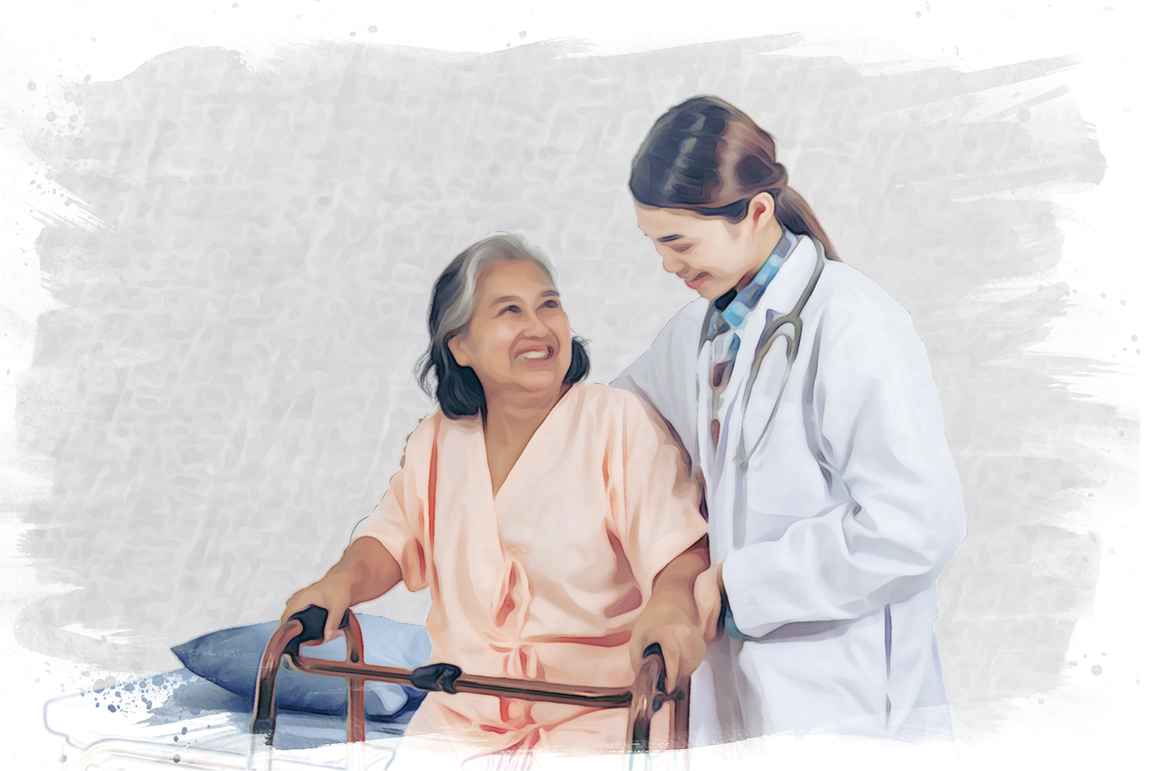
Prof Kon Oi Lian is widely known as a clinician scientist and Research Lead at the National Cancer Centre Singapore (NCCS). Few realise that she was an active volunteer in the hospice movement in its early days, serving as the Chairperson of the Joint Education Committee of the Co-ordinating Committee for Hospice work in Singapore. This committee comprised representatives from Assisi Hospice, Dover Park Hospice, St Joseph’s Home and the Singapore Cancer Society. Remember this was before there were hospital-based palliative care services, and even from the beginning, the pioneering services understood that training and education would be crucial in developing palliative care locally.
In 1994, Prof Kon wrote to Prof Edward Tock, the Dean of the NUS School of Medicine, to request to meet and discuss incorporating Palliative Medicine into the undergraduate curriculum. This important initiative would not see fruition until almost a decade later, and it would be another group of doctors who helped Palliative Medicine find a place in the medical school curriculum. More details can be found in an article in SMA news, but I will give special mention to a couple of doctors.
Dr Jerry Lim is a retired GP and co-founder of Dover Park Hospice (DPH) along with Dr Seet Ai Mee; to this day they are fondly remembered by DPH staff as Papa Lim and Mama Seet. Dr Lim had personal experience of his late wife receiving hospice care overseas, and he was inspired to set up a secular hospice in Singapore (at the time, the only hospices were affiliated to the Roman Catholic faith).
Following the NIMBY (= Not In My BackYard) kerfuffle that led to Dover Park Hospice not being anywhere near Dover Park, it was through the help of Dr Seet Ai Mee (who is not a medical doctor but a biochemist by training) and her political connections, that alternative land was found near Tan Tock Seng Hospital. This was actually carved out of the carpark of the National Skin Centre (NSC), and to this day, DPH runs off the NSC power grid.
Dr Lim was also a vocal advocate of training and education, and he prevailed upon his friend and colleague Prof Goh Lee Gan, and others within the Family Medicine fraternity, to lobby for Palliative Medicine to get its foot in the door, so to speak. This happened in 2002 with a one-day posting for medical students to the Family Medicine teaching block, and this eventually expanded to a four-day posting. In 2020, the Palliative Medicine programme was taken out of Family Medicine and moved to the Internal Medicine Block, but we will always remember that it was Family Medicine that opened the door.
“I remember the first time I attended a palliative care conference as a young trainee; suddenly I did not have to explain or justify myself, I recognised kindred spirits, people ‘got’ me. It felt so familiar and comfortable, like I had come home. That’s when I knew I had found my tribe.”
And now we come to two oncologists, both former colleagues of mine from NCCS:
Dr Vijay K Sethi is a radiation oncologist who was an active volunteer with the Singapore Cancer Society, not only helping to see patients, but also serving on various committees. He was involved in a landmark event called the International Conference for Hospice Care in Asia in 1996, which was attended by Dame Cicely Saunders and former President Wee Kim Wee (patron of the Singapore Hospice Council). This conference subsequently evolved into the Asia Pacific Hospice Conference or APHC.
Dr Koo Wen Hsin, medical oncologist and current Chairman of the Division of Medicine at Sengkang Health, was my predecessor at DPH. Before I assumed my role as Medical Director in 2004, I asked him for advice and he had this to say: “Your job is to stand between the Council and the staff”. At first I was puzzled, then I came to realise that I had to be an effective bridge between the governing council or board, and the staff working on the ground, so that each side understood the concerns of the other, and everyone could go about their work unencumbered.
Last but definitely not least, Dr Chen Ai Ju, who has had a distinguished career in public service, not least as Director Medical Services from 1996-2000. When I applied to go for advanced training in Palliative Medicine in Sydney (since there was no such programme in Singapore), I was an unknown quantity and was worried the usual references and testimonials might not be enough. As it turned out, Dr Chen’s husband was my Orthopaedic surgeon (and he played golf with my father), one thing led to another, and I was given a very important letter of support that persuaded the people in Sydney to give me a chance. And the rest, as they say, is history.
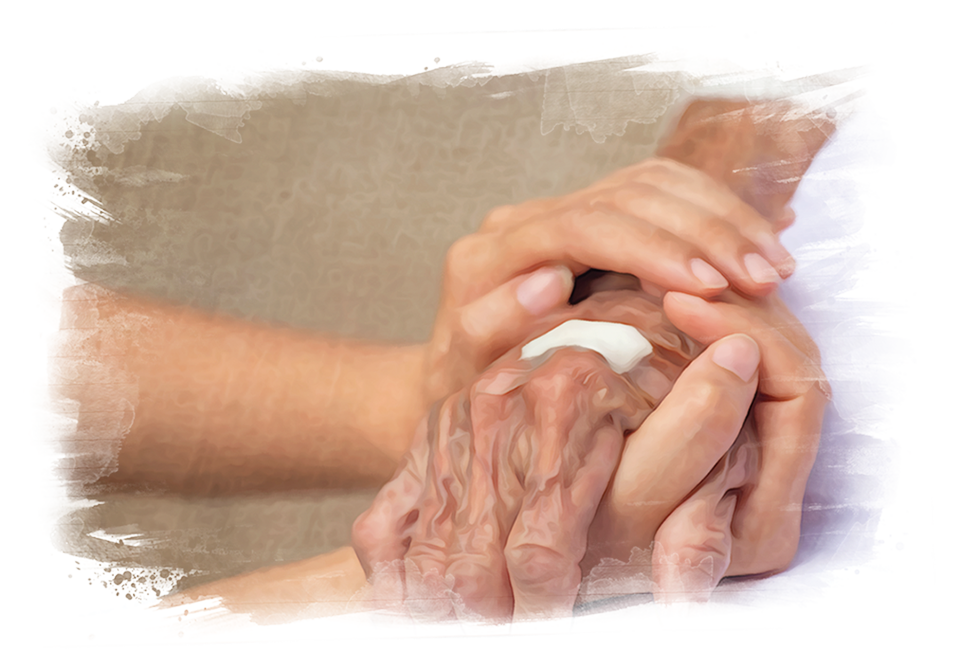
What I did not know at that time, was that Dr Chen had been a volunteer with the Methodist Welfare Services for some years already. She later served as Chairperson of the Singapore Hospice Council, and Chair of the DPH MPAC (Medical Professional Audit Committee) during my time as DPH Medical Director. I benefited from her wise counsel and experience, for example during a time that we had staff resignations to deal with, she told me an uncomfortable but unavoidable truth: “People come, people go, no one is irreplaceable”.
I apologise that space does not permit me to mention more names nor tell more stories, but the fact is I would not be able to name everyone who contributed quietly, without fanfare, but with all their enthusiasm. The hospice movement in Singapore is similar to how the old National Theatre was built; back then, people were asked to donate whatever they could, pay for a brick, a tile—then slowly, brick by brick, tile by tile, we built something to be proud of.
Why a tribe and not a village? In modern times, tribes are no longer constrained by geography or ethnicity; rather, they are defined by a shared identity, a shared cause, and a shared understanding. Sometimes, when individuals are alienated within their biological families or workplaces, or feel that they are not able to settle comfortably in where they find themselves, they may find a sense of belonging in a tribe e.g. former prisoners, former members of close-knit military and other uniformed services, LHBTQ people.
The Palliative tribe is diverse, scattered across the world, some more active than others, but all focused on the alleviation of suffering. Some people join the tribe only temporarily, others decide to stay on. I remember the first time I attended a palliative care conference as a young trainee; suddenly I did not have to explain or justify myself, I recognised kindred spirits, people “got” me. It felt so familiar and comfortable, like I had come home. That’s when I knew I had found my tribe.
Click here to read more about Dr Cynthia Goh.
Click here to read about how Palliative Medicine found a place in the medical school curriculum.
